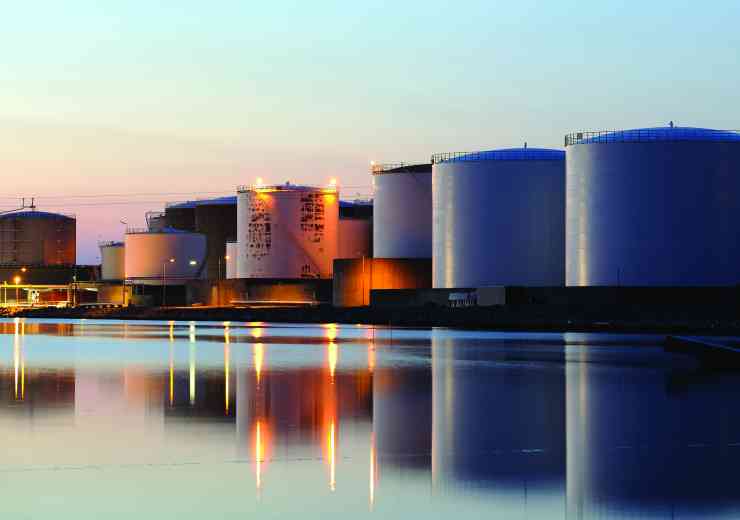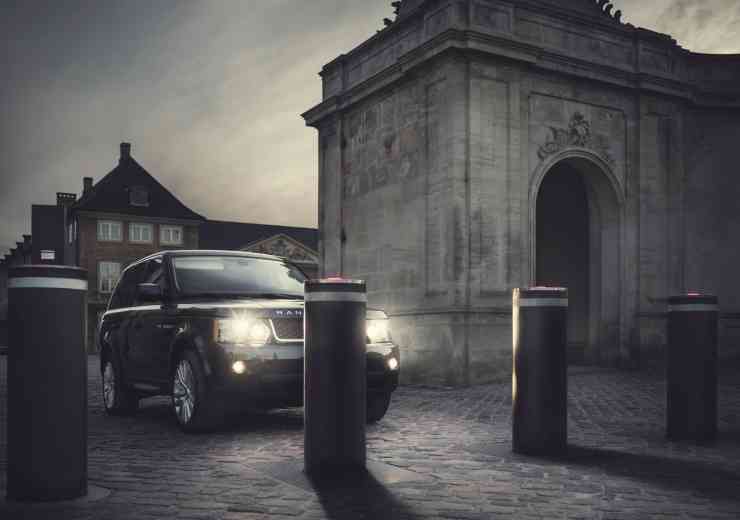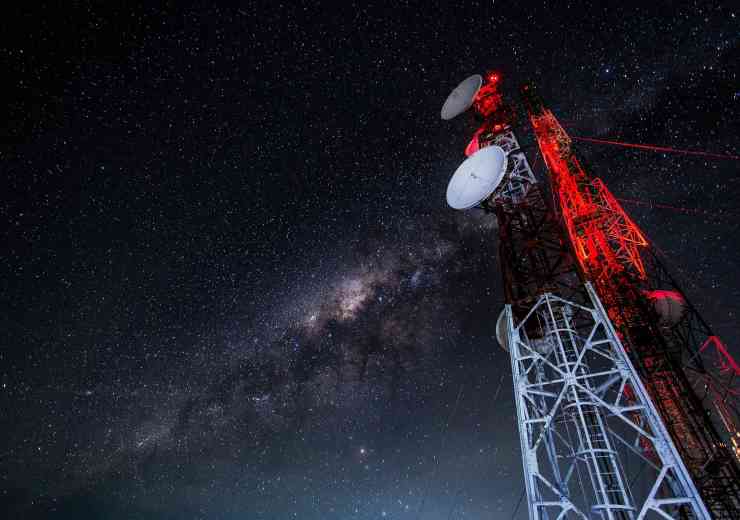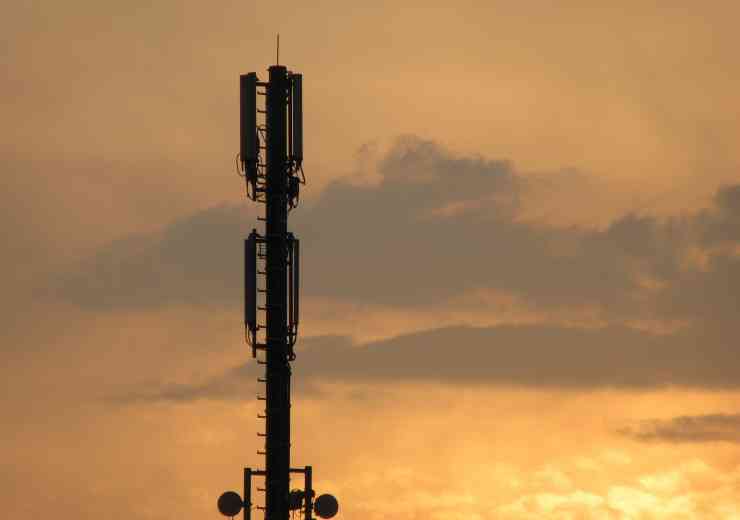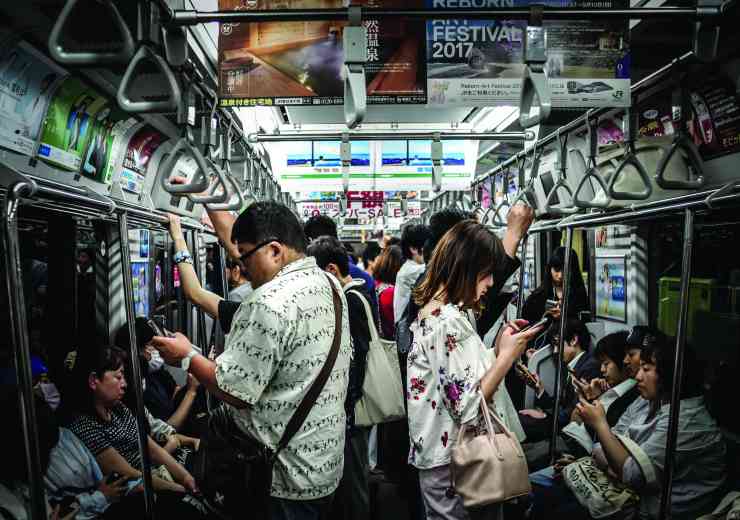
Crisis communications in the digital age
Is social media a help or hindrance? Bob Wade, of the Emergency Planning Society, discusses crisis communications as a security aid in the digital age
We now live in a transparent society. We are all walking communications systems, and if something happens we know about it instantly. When I first became involved in disaster management back in the 1980s, we spoke of the ‘Golden Hour’ – that is, you usually had an hour or so from the start of an incident to when the media found out about it. This gave you a short breather to get your ducks in line and agree the immediate key messages to be issued to the public.
This ‘Golden Hour’ was continually squeezed with the advent of Satellite TV, and then disappeared altogether with the digital revolution. As I write this I am watching police officers in Dallas being shot and killed – a woman is using the ‘Periscope’ platform to stream live images and commentary on her iPhone. The day before, another woman streamed pictures on Facebook of her husband dying in their car, with a police officer still brandishing his gun over him. News is now instant. There is no hiding place.
A call to safety
This new transparency does have positives for emergency responders. Facebook, for example, has its ‘Safety Check’ system which was used during the terror attacks in March 2016 in Brussels. When a disaster strikes and someone logs into Facebook while being in the affected location, a screen pops up, saying that you are in the area affected by the incident. It then asks if you are safe and offers two buttons. The green one says ‘I’m Safe’; when clicked, a notification then goes out to friends and relatives and a post is published on your timeline, letting people know you are safe.
Facebook Japan introduced the forerunner of Safety Check, called Disaster Message Board, after the Japan earthquake and tsunami in March 2011. Due to its popularity, the technology was then sent for full development to an Israeli R&D team, who came up with the simpler Safety Check system.
It was very effective during the terror attacks on Paris in November 2015: some 4.1 million people checked in with friends and relatives using the Safety Check feature, and around 360 million people received automatic messages through it from friends in Paris who had marked themselves as safe.
The system has been praised by the Emergency Planning Society. Our Chair, Tony Thompson, formerly of the British Transport Police, said: “A problem in horrific events such as the Brussels and Paris attacks, is that – understandably – millions of people flood the land line and mobile phone sphere trying to check if loved ones are ok. In 7/7 in London for example, there was enormous pressure on the mobile phone system which in some cases collapsed.
“Facebook’s initiative enables millions to be given a quick ‘I’m safe’ to all their family and contacts with one click. It is a rapid reassurance tool that takes a huge burden off the phone networks, Casualty Bureaux and the emergency responders.”
The weight of social media
Since the noughties, the mainstream media itself has been driven by social media. In the past it was the mainstream media that bombarded the switchboards of the organisation in the eye of the storm during a major incident. Now it is the mainstream media that gets swamped by digital images and reports from their audience – during the 7/7 bombings in London, the BBC received over 20,000 images from members of the public. It was forced to set up a 40 strong unit that monitored all the material – what the media call ‘User Generated Content’ or UGC – being sent in. That unit has now dispersed as all reporters are trained to have use of UGC embedded in their day to day practice.
Disaster managers woke up to the impact of social media – in that it could actually cause an incident – after the Love Parade disaster in Germany in 2010. This electronic music festival was rapidly becoming overcrowded and the authorities began to shut the 16 gates that gave access to the festival site. While both police and the fire service had problems with their analogue radios in communicating what was happening, the young people were immediately tweeting and texting each other that side gates were being closed so they should head for the main entrance tunnel to ensure their place inside. The sudden overcrowding caused ‘crowd oscillation’ (rather than a stampede) and 21 people were crushed to death, with a further 500 injured.
The authorities should have been monitoring and intervening on social media. Organisations that learnt the lessons of this and implemented it soon found advantages. In the riots that swept England in 2011, much of the disturbances were mitigated in the West Midlands because West Midlands Police had already ‘empowered’ over 400 officers from Police Constables upwards to engage freely on social media to assist with community policing. This network became invaluable in not only monitoring where the rioters were planning to hit next, but also to ‘myth-bust’ and deter further incidents occurring.
Transmedia
The need to intervene was demonstrated by some important research called City Evacuations: preparedness, warning, action and recovery, led by Professor John Preston of the University of East London. It had a particular focus on the impact of social media. As they point out: “Social media and mobile communications have revolutionised emergency management and evacuation policy and this was foremost in our minds when conducting the project.”
The complex findings are of vital importance to emergency planners. The project points out that there is an increasing cross-over between social media and traditional media, with media organisations increasingly reliant on User Generated Content. This cross-over and the mix and match from where the public get their information is termed ‘Transmedia’.
One of the case studies they examined was the Manx2 air crash at Cork Airport in 2011 in which six people died. Demonstrating the speed with which social media can accelerate information exchange, the project found that the first entry on social media came within one minute of the crash. More importantly they found that tweets about the air crash peaked within the first hour of the incident, in the scramble for information – once the correct information was being circulated by the ‘trusted source’ of the mainstream media news bulletins, the number of tweets began to decrease.
The lesson here is that emergency responders need to ‘join the conversation’ on the social networks as soon as possible with correct information, to avoid public confusion or alarm. The project’s main finding however was that emergency planners should be careful in the use of social media for incidents such as city evacuations.
During the project they created various models which demonstrated that if people ‘are over-informed it may result in congestion and jamming’. They found that social media has ‘a selective demographic effect: it is less effective than old media as a mechanism for an initial warning’. They concluded that ‘old media’ – that is, the broadcast media – is still the most effective way at this stage to warn and inform the public.
That said, engaging with social media during a major incident is still essential. But how do you ride this tiger? The sheer volume of social media traffic is overwhelming. During the Japanese tsunami in 2011, there were 5,500 related tweets per second. Every day, three billion videos are viewed on YouTube. A survey from the US Red Cross found that one third of the population of the USA would contact their loved ones to say they were safe during an incident via social media.
The point is, you can’t. It’s just too big. But that doesn’t mean you just ignore it. And there are many valuable and free tools out there that you can use.
The state of social media
In the preparatory stage, include role play social media in any exercises you are running. This will galvanise your team into keeping an eye on the social media networks, making them realise what the social media networks are saying now will shortly be driving the mainstream media.
There are various systems available to role play social media but they can be expensive. Or, if you are a large organisation, you can utilise internal communicationss to recreate a social media stream. That aside, social media role play does not need to be that sophisticated. For a desk top exercise for example, you can just have one individual on a lap top with an overhead projector pumping out a stream of mock tweets for all the exercise players to see.
Also, when you risk access the likely incidents you may face, you can draw up draft templates of your likely messages to the public in response, in advance, ready for a quick tweak and use if the incident occurs. Having statements immediately ‘fit for purpose’ and ready – and cleared in advance by Chief Officers of the organisation - will keep you one step ahead on social media when the networks begin to ‘thunder’.
When the incident happens, co-ordinating your public responses should not just be with your partner organisations – check what your own organisation is still saying. A bad case study in this area is the experience of Ethiopian Airways in 2014. One of their co-pilots hijacked his plane, demanding to land and claim asylum in Geneva, where it landed accompanied by French and Italian jet fighters. No doubt the airline’s crisis team dealt with the incident admirably, but clearly no one had told their marketing department which was still pumping out gushing tweets about the airline. One declared: “Today, life is a bed of roses!”. Not for the passengers on their hijacked aircraft, it wasn’t.
Monitoring activity
Monitoring social media is not as complex as it may sound. There are social media platforms called ‘Aggregators’, popular examples being Addict-o-matic or NetVibes. The basic functions they provide are free – you put your key topic in their search engine, and it will show across the main social networks – whether Facebook, Twitter, Flickr etc as well as the mainstream media – what these sites are saying, all on one screen.
Another useful tool is ‘One Million Tweets’. This takes a snapshot of Tweets around the world and their volume at a given moment, regularly updated. You can zoom into the geographical area of your incident – anywhere in the world – right down to street level. You can see where the clusters of tweets are (which may be useful in indicating something is developing in that area) and then click on them and read what they are saying.
So monitoring is not difficult at a superficial level, which is probably all you have time for when a major incident is kicking off. But how do you respond? To attempt to answer thousands of issues and questions thundering away on the networks is an impossibility. You have to go back to a bit of ‘old technology’ – the website.
Engaging with websites
Websites are still very important. I have been involved in the communications response for two air crashes. The first – a Boeing 737 crashing at Coventry Airport in 1994 – was before the advent of the website. Our press office was bombarded with over 300 calls from the media trying to find out details in the first few hours. The second – a Bombardier Challenger executive jet crashing at Birmingham International Airport in 2002 – came when this airport had already established a new website. All the details of the crash were hosted on it, and calls from the media were greatly reduced because the basic facts they wanted were there for them to access. Our crisis response job was made a lot easier.
Equally, websites can still be used when engaging social media. You don’t try to answer all those individual tweets or Facebook comments – you herd them to your website to where all the information they may need is carried. You just keep pumping out the link to your website on as many social media platforms as is physically possible. And keep the mainstream media up to date with your latest messages who still have the authority in the eyes of the public (at least so far in the UK) and the trusted source of accurate information.
In 2011, I led the media and social media role play team for Exercise Watermark, the largest civilian exercise ever held in the UK, involving around 30,000 participants from government ministers and departments to emergency responders at local level. The four-day exercise replicated widespread flooding across the UK. We found that half of the organisations involved – including some lead government departments – did not engage with the social media role play aspect of the exercise. They said simply they ‘didn’t do social media’.
Fortunately, after our post-exercise report, this changed dramatically for the better. In the digital age, opting out is not an option. Engaging social media during a crisis is not as intimidating as many think, or as sophisticated – and there are plenty of free tools out there to help you do it.




